- Home
- ::
- Why Decentralized Storage Beats Traditional Cloud: Security, Cost & Control
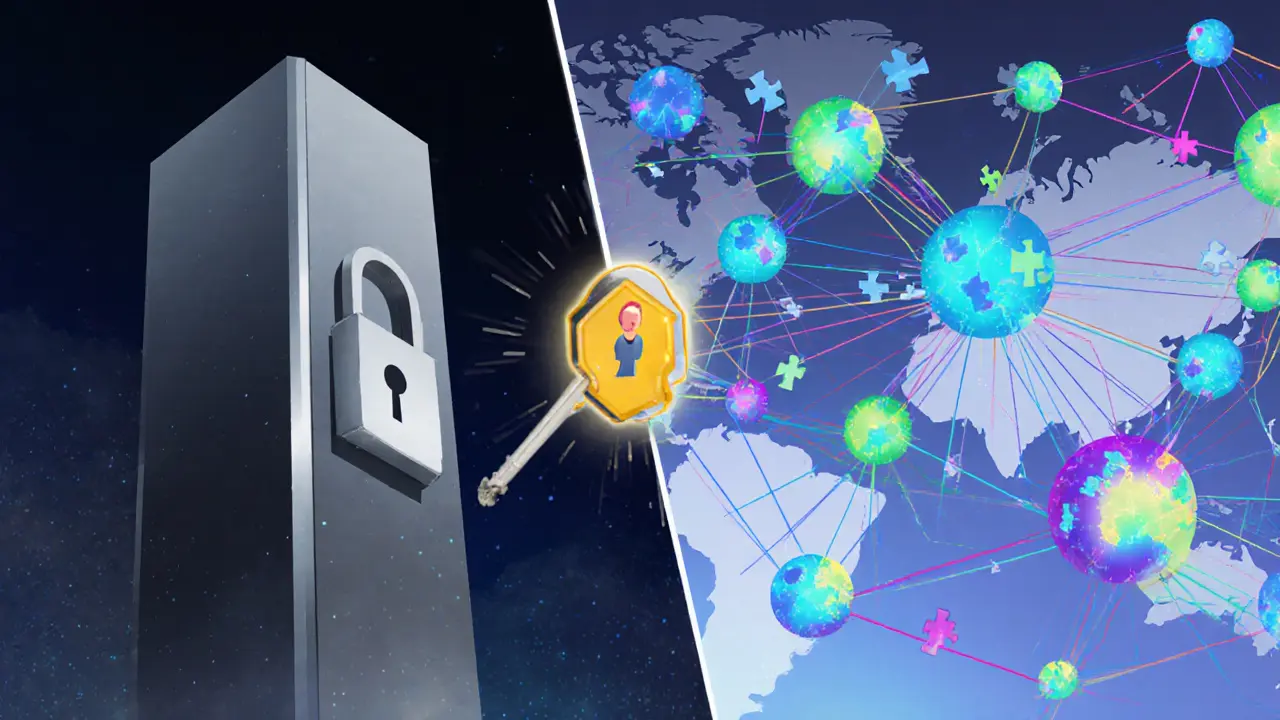
Why Decentralized Storage Beats Traditional Cloud: Security, Cost & Control
Decentralized vs Centralized Storage Cost Calculator
Centralized Cloud Storage
Traditional cloud storage with fixed storage fees and egress charges.
Decentralized Storage
Distributed network with zero egress fees and competitive pricing.
Centralized Cloud Costs
Monthly Storage Fee: $0.00
Egress Fee: $0.00
Total Monthly Cost: $0.00
Decentralized Storage Costs
Monthly Storage Fee: $0.00
Egress Fee: $0.00
Total Monthly Cost: $0.00
Savings: $0.00 per month
Storage Comparison Table
| Aspect | Centralized Cloud | Decentralized Storage |
|---|---|---|
| Storage Pricing | Fixed rate + egress fees | Marketplace pricing, zero egress |
| Single Point of Failure | Yes | No |
| Security Model | Perimeter-based | Client-side encryption + fragmentation |
| Compliance Control | Limited to provider regions | Choose node locations |
| Data Sovereignty | Provider controls data | User retains keys |
When you hear decentralized storage, think of a network where no single company decides who sees your files. It’s a shift from the familiar Google Drive or Amazon S3 model to a peer‑to‑peer (P2P) ecosystem that spreads data across thousands of independent nodes. This change promises tighter security, lower bills, and true control over where your information lives.
Key Takeaways
- Data is split, encrypted, and stored on many nodes, eliminating single points of failure.
- You keep the encryption keys, so only you can unlock your files.
- Most providers charge zero egress fees, cutting retrieval costs dramatically.
- Edge‑based storage puts data closer to users, slashing latency.
- Compliance becomes easier because you choose where data physically resides.
What Is Decentralized Storage?
Decentralized Storage is a distributed network of independent nodes that collectively store encrypted fragments of data, eliminating reliance on a single data centre. The concept grew out of Web3 and blockchain experiments that wanted to give users ownership of their digital assets. Instead of uploading a file to a corporate server, you upload encrypted shards; the network scatters them across the globe, and the blockchain records where each piece lives.
Security Advantages: Redundancy, Encryption, Fault Tolerance
Traditional clouds protect data with firewalls and access controls, but a breach of a single data centre can expose huge datasets. Decentralized storage flips the script.
Data Redundancy stores multiple copies of each fragment on different nodes, ensuring availability even if several nodes go offline. If a node fails, the network automatically pulls another copy from a healthy node, keeping your files accessible.
The Encryption applies client‑side cryptographic algorithms before fragments leave your device means that even the node owners can’t read the data. An attacker would need to compromise a majority of nodes holding a specific fragment and also obtain your private key - a practically impossible feat.
Fault Tolerance design ensures the system continues operating despite hardware failures, network outages, or targeted attacks. This “fortress of nodes” makes the whole network resilient to both cyber threats and physical disruptions.
Privacy, Data Sovereignty & Regulatory Comfort
With centralized providers, the service provider holds the encryption keys. Google Drive, for instance, can access any file because it controls the keys. In a decentralized model, you retain exclusive control over the keys, so no third‑party-whether a node operator or a government agency-can decrypt your data without your permission.
GDPR EU regulation that requires personal data to be stored and processed within specific geographic boundaries unless adequate safeguards exist. Because you can pick nodes in compliant jurisdictions, meeting GDPR becomes a configuration choice rather than a legal gamble.
This user‑centric control is often referred to as data sovereignty: the right to decide where and how your data is stored, processed, and accessed.
Cost Savings: No Egress Fees and Marketplace Competition
Centralized clouds charge for storage, API calls, and especially data egress-the cost of moving data out of the platform. For data‑heavy workloads, egress can burn thousands of dollars each month.
Decentralized networks usually operate on a marketplace model: storage providers compete for contracts, driving prices down. Most platforms quote a flat per‑gigabyte fee and, crucially, zero egress fees. Your total cost of ownership drops dramatically, especially for analytics pipelines that pull large datasets daily.
The competition also reduces vendor lock‑in. If a provider’s price rises, you can re‑negotiate or migrate to another node operator without a massive data export fee.
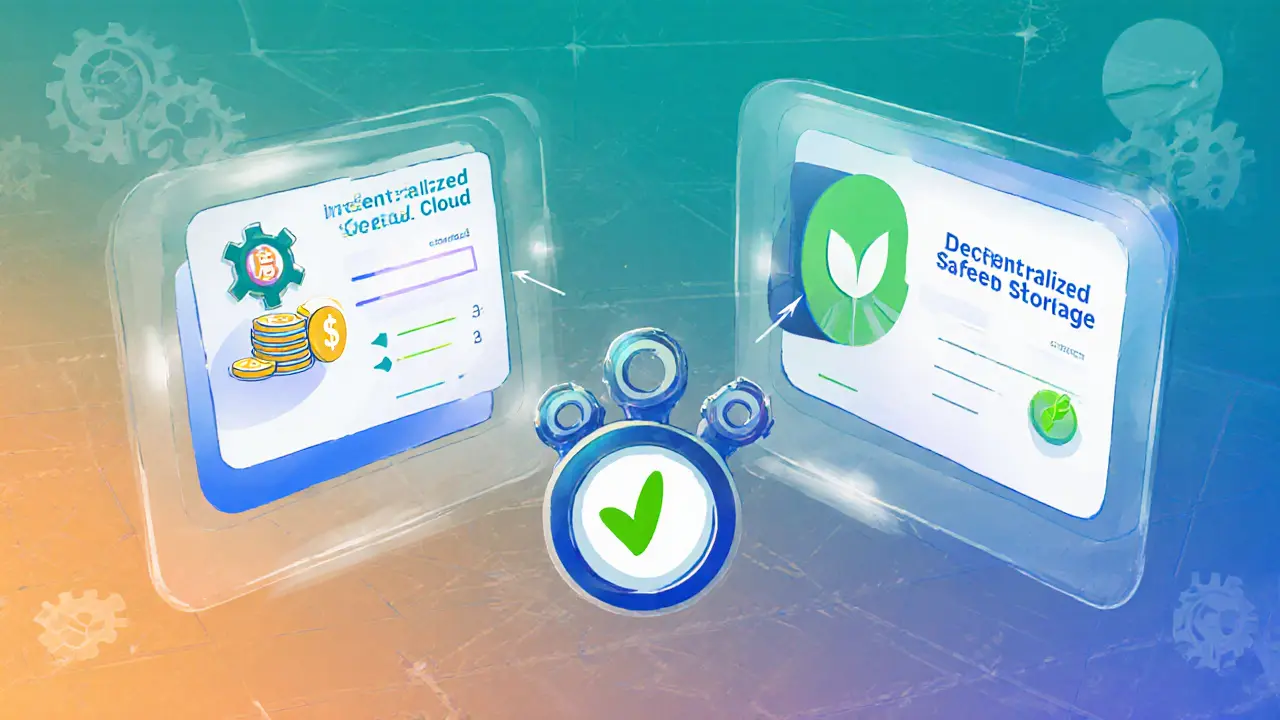
Performance Boosts: Edge Computing and Global Distribution
Because nodes are spread worldwide, data can live physically close to the end user. This edge placement shortens the round‑trip time for read/write operations, delivering latency in the low‑single‑digit milliseconds for many use‑cases.
Applications like real‑time video streaming, IoT telemetry, or AR/VR benefit from this proximity. Users experience smoother playback, faster sensor data ingestion, and reduced jitter compared to pulling data from a distant data centre.
Flexibility & Customization Options
Decentralized storage lets you pick providers based on price, geographic location, storage policy, or even sustainability criteria (some nodes run on renewable energy). You can also set granular permissions, defining who can read, write, or modify each fragment.
Unlike a monolithic cloud where the provider dictates retention policies, you can tailor data lifecycle rules to match business needs, whether that means auto‑purging old logs after 30 days or replicating critical backups across multiple continents.
Real‑World Adoption: What Early Users Say
Enterprises in finance, media, and biotech have begun shifting workloads to decentralized networks. A European media company reported a 45% reduction in storage costs after moving archival footage to a P2P storage market. A biotech startup cited the immutable audit trail of blockchain‑backed storage as essential for FDA‑required data integrity.
Security teams love the “no single point of failure” guarantee. After a ransomware attack on a traditional data centre, a retail chain that had already migrated product images to a decentralized system recovered instantly because the files were still available on untouched nodes.
Comparison: Decentralized vs Centralized Storage
| Aspect | Centralized Cloud | Decentralized Storage |
|---|---|---|
| Control of Keys | Provider holds encryption keys | User retains keys; provider cannot decrypt |
| Single Point of Failure | Yes - outage of a data centre can stall access | No - data fragmented across many nodes |
| Egress Fees | Charged per GB transferred out | Typically zero |
| Latency | Depends on distance to provider’s region | Edge nodes bring data closer to users |
| Compliance Flexibility | Limited to provider’s regions | Choose node locations to meet GDPR, data residency |
| Cost Structure | Fixed storage fee + egress + API calls | Marketplace pricing; often lower per‑GB and no egress |
| Data Immutability | Versioning optional, mutable by provider | Blockchain anchoring provides tamper‑proof records |
Getting Started: Practical Steps
- Identify the data you want to protect - focus on sensitive, compliance‑bound, or high‑traffic assets.
- Choose a reputable decentralized storage provider that supports your required redundancy level (e.g., three‑of‑five replication).
- Generate and securely store your encryption keys. Consider a hardware security module (HSM) for added protection.
- Upload files using the provider’s CLI or UI; the system will fragment, encrypt, and disperse the data automatically.
- Configure node location preferences to satisfy regional regulations like GDPR.
- Set up monitoring alerts for node health and data retrieval latency.
- Periodically audit the immutable ledger entries to confirm integrity.
Common Pitfalls and How to Avoid Them
- Neglecting key management. Losing your private key locks you out forever. Use backups and multi‑factor protection.
- Choosing low‑replication factors. Fewer copies mean higher risk of data loss if nodes disappear. Aim for at least three replicas across distinct geographic zones.
- Ignoring provider reputation. Not all nodes are equal; vet operators for uptime guarantees and security practices.
- Assuming zero cost. While egress may be free, storage fees still apply. Model your usage to avoid surprise charges.

Frequently Asked Questions
Is decentralized storage really more secure than traditional cloud?
Yes. Because data is encrypted on the client side, split into fragments, and stored on many independent nodes, an attacker would need to compromise multiple nodes and obtain the user’s private key to reconstruct any file. This multi‑layered defense is far stronger than a single data centre’s perimeter security.
Do I still need a backup strategy?
The built‑in redundancy of decentralized networks acts as a backup, but best practice is to keep a local copy of critical data, especially if you’re using a private key stored on a single device.
How does GDPR compliance work with decentralized storage?
Because you can select node locations, you can ensure that personal data never leaves the EU or other regulated zones. The immutable ledger also provides audit trails required by GDPR.
What are the typical costs per gigabyte?
Pricing varies by provider, but many networks charge between $0.005 and $0.02 per GB per month, markedly lower than the $0.023‑$0.03 range of major cloud vendors, plus they waive egress fees.
Can I integrate decentralized storage with existing apps?
Most providers offer SDKs for JavaScript, Python, Go, and Java, plus REST APIs, making it straightforward to plug into web apps, data pipelines, or backup scripts.


 Finance
Finance
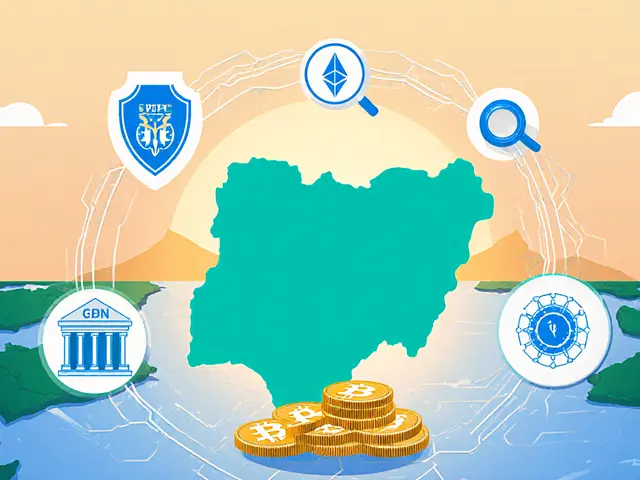

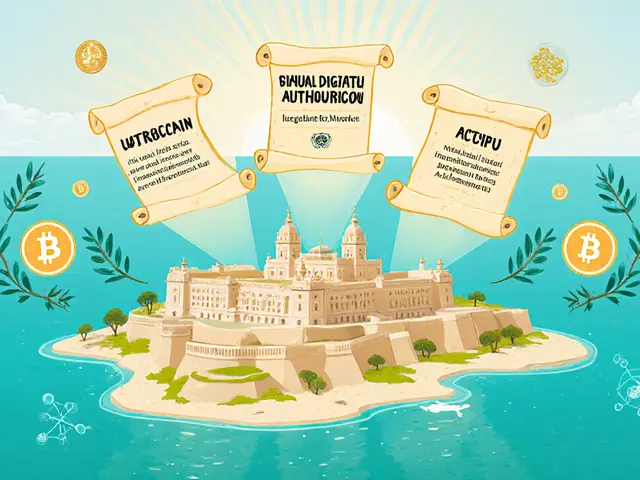
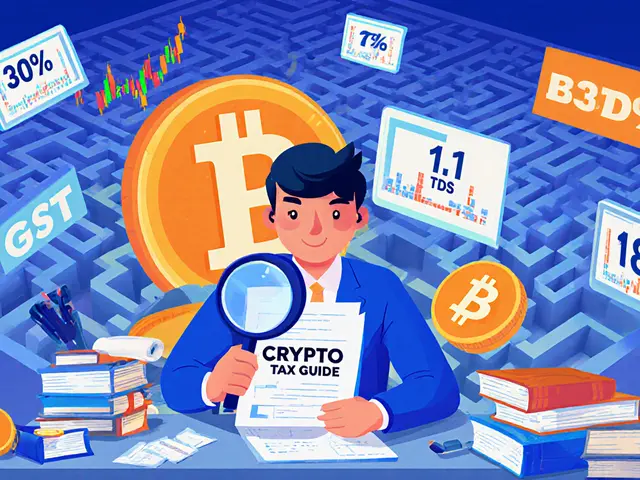
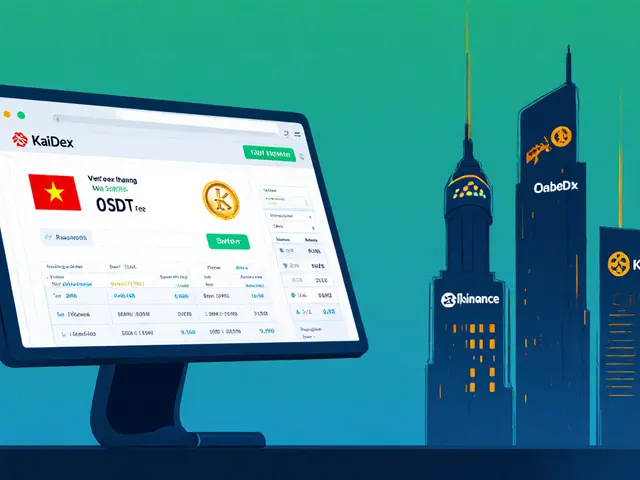
Write a comment